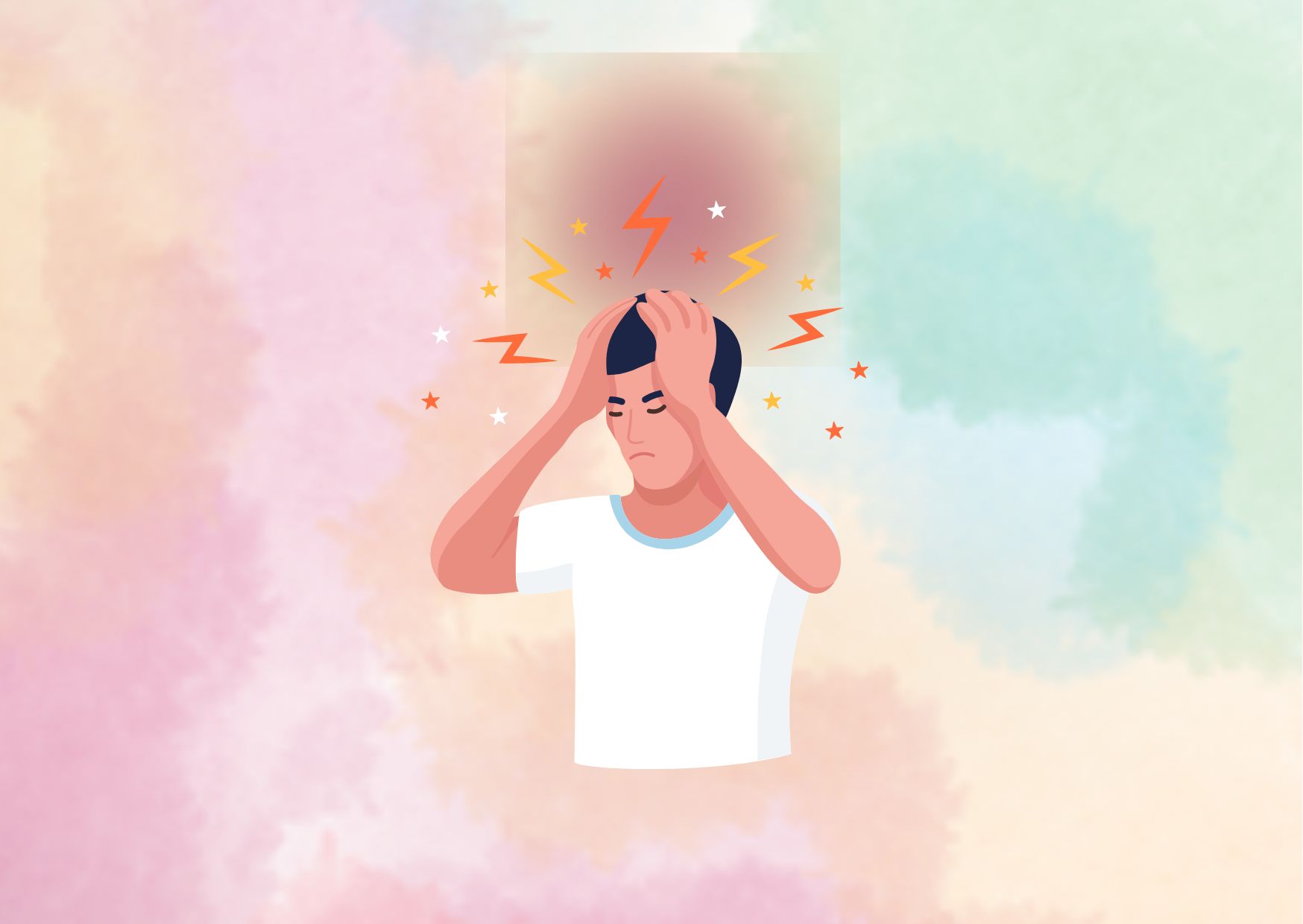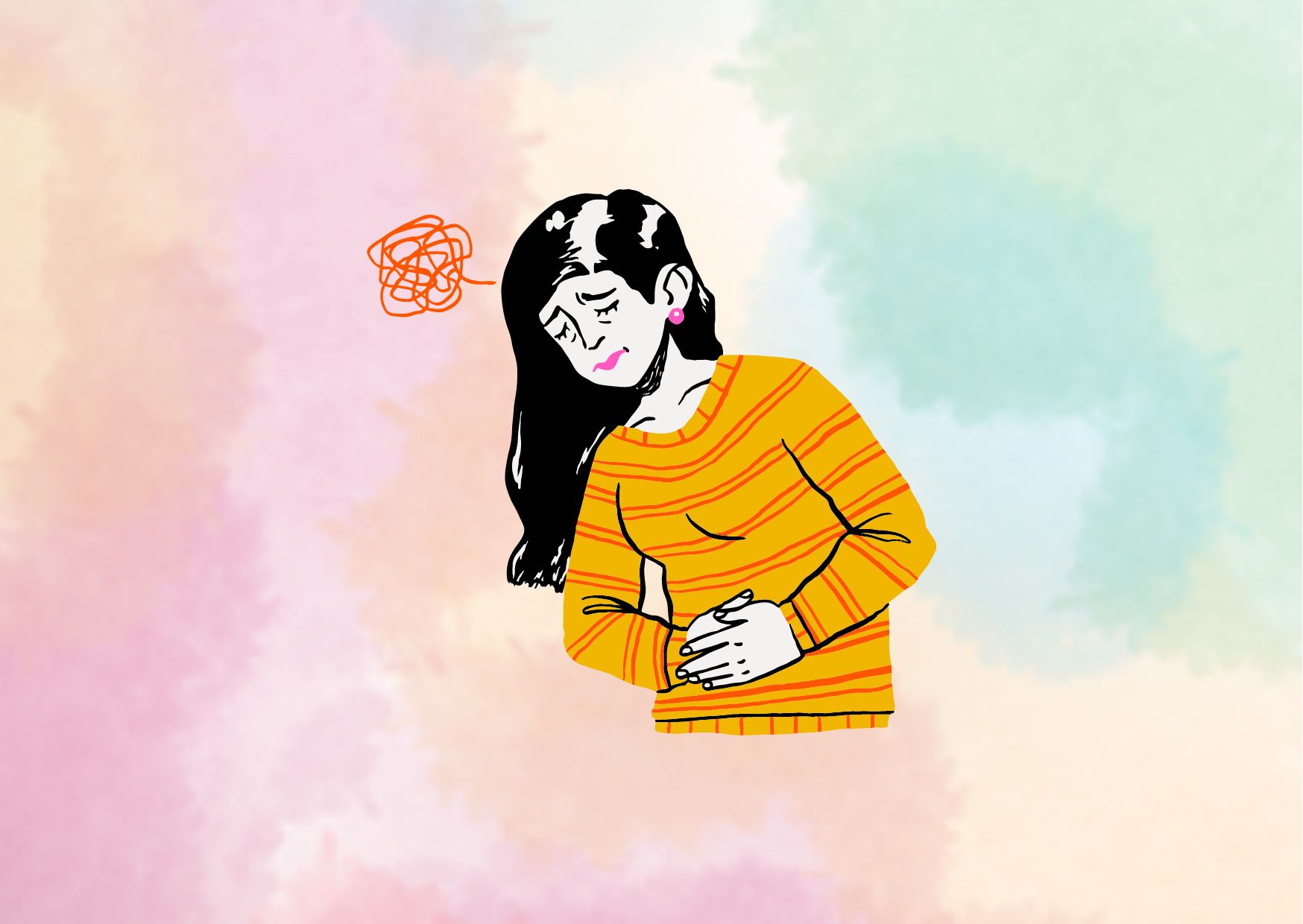Common Triggers
Nearly 75% of migraine sufferers report at least one trigger for their attacks. Many of the same factors that trigger migraine can also trigger migraine with aura. Common triggers include:
- Stress and anxiety
- Bright lights, especially sunlight and transitioning from dark to light environments
- Sleep disturbances, such as too little or too much sleep
- Certain foods and food additives
- Alcohol consumption, particularly red wine
- Weather changes, including storm fronts and altitude changes
- Strong odours, especially perfumes or colognes
- Physical exertion or exercise
- Neck pain
- Hormonal changes
Interestingly, relaxation after stress has been identified as a prominent catalyst for migraine with aura, impacting up to 70% of patients. This “let-down stress” headache or migraine attack is most likely to occur within 18 hours after the release of anxiety.
Hormonal Influences
Hormonal factors play a significant role in migraine, particularly in women. The female reproductive cycle, regulated by the hypothalamic-hypophyseal-ovarian axis through the release of oestrogen and progesterone, has a substantial impact on migraine occurrence. Various stages of a woman’s life can influence migraine patterns:
- Menstruation: Migraine without aura is most likely to occur during a 5-day window starting two days before menstruation and continuing through the first three days.
- Pregnancy: Most women experience improvement in their migraine symptoms during pregnancy, particularly from the first to the third trimester.
- Menopause: The transition to menopause can lead to a worsening of migraine attacks for some women, but postmenopause is often associated with improvement.
- Hormonal contraceptives: Combined oral contraceptives may induce migraine in women without a previous history, worsen existing migraine, or change the pattern of existing migraine.
- Hormone replacement therapy (HRT): HRT has variable effects on migraine, with some women experiencing improvement and others noting worsening of symptoms.
Understanding these neurological factors, common triggers, and hormonal influences can help individuals better manage their migraine aura symptoms and work with healthcare professionals to develop effective treatment strategies.
Diagnosis and Treatment Options
Diagnostic Process
The diagnosis of migraine aura relies on a comprehensive clinical assessment, including a detailed patient history and physical examination. Doctors consider various factors such as the onset, location, and intensity of pain, as well as the presence of accompanying symptoms like nausea or sensitivity to light and sound. The International Classification of Headache Disorders, 3rd edition (ICHD-3) provides standardised criteria to help clinicians accurately diagnose migraine with and without aura.
For migraine with aura, at least two attacks must meet specific criteria, including the presence of fully reversible aura symptoms such as visual, sensory, or speech disturbances. These symptoms typically spread gradually over five minutes or more and last between 5 to 60 minutes. Headache often follows within 60 minutes of the aura symptoms.
While no specific diagnostic test exists for migraine, neuroimaging may be necessary in certain cases. Magnetic resonance imaging (MRI) is the preferred method when imaging is required, with computed tomography (CT) scans reserved for emergencies. Indications for neuroimaging include sudden onset of severe headache, new neurological symptoms, or significant changes in headache patterns.
Medication Options
Treatment for migraine aura focuses on relieving pain and preventing future attacks. Medications for acute relief work best when taken at the first sign of an oncoming migraine. Options include:
- Over-the-counter pain relievers such as aspirin or ibuprofen
- Triptans, prescription drugs that block pain pathways in the brain
- Dihydroergotamine, available as a nasal spray or injection
- Newer medications like lasmiditan and calcitonin gene-related peptide (CGRP) antagonists
For preventive treatment, doctors may recommend:
- Blood pressure-lowering medications like beta blockers
- Antidepressants, particularly tricyclic antidepressants
- Anti-seizure drugs such as valproate and topiramate
- Botox injections
- CGRP monoclonal antibodies
Lifestyle Changes
Alongside medication, lifestyle modifications play a crucial role in managing migraine aura. These changes can help reduce the frequency and severity of attacks:
- Maintaining a consistent sleep schedule
- Following regular meal times
- Staying hydrated, particularly with water
- Practising stress management techniques like biofeedback and relaxation training
- Exercising regularly, aiming for 30 to 0 minutes of moderate-intensity aerobic activity, three to five days a week
Alternative Therapies
Some individuals find relief through alternative treatments. These may include:
- Acupuncture, which has shown some evidence in reducing headache frequency
- Magnesium supplements, which may be effective for migraine prevention, particularly for menstrual migraine and migraine with aura
- Biofeedback and cognitive-based therapy, which can help reduce migraine frequency by 3% to 0%
- Green light therapy, a promising area of research that may help reduce the intensity of migraine attacks
It’s important to note that while these alternative therapies show promise, their effectiveness can vary among individuals. Always consult with a healthcare professional before incorporating any new treatments into your migraine management plan.
Conclusion
Migraine aura, a complex neurological phenomenon, has a significant impact on the lives of many individuals worldwide. This article has shed light on its symptoms, causes, and treatment options, providing valuable insights to help sufferers better understand and manage their condition. From visual disturbances to sensory and speech-related symptoms, the diverse manifestations of migraine aura highlight the need for personalised approaches to diagnosis and treatment.
To wrap up, effective management of migraine aura involves a combination of medication, lifestyle changes, and alternative therapies tailored to each individual’s needs. By working closely with healthcare professionals and staying informed about the latest advancements in migraine research, those affected by this condition can take steps to improve their quality of life. At Inquire Talk, we understand the importance of mental health and well-being in relationships, and our online counselling services are designed to support individuals in managing stress and promoting emotional well-being, which can be beneficial for those dealing with chronic conditions like migraine.
FAQs
What is the most effective treatment for migraines accompanied by aura?
The most effective treatments for migraines with aura include a variety of options. Over-the-counter or prescription pain relievers such as aspirin, ibuprofen, and others can be used. Triptans are also widely recommended. Other treatments include Dihydroergotamine, Lasmiditan, Calcitonin gene-related peptide (CGRP) antagonists, opioid medications, and anti-nausea drugs.
How can one halt a migraine at the aura stage?
To stop a migraine during the aura stage, you can use several treatments. Pain relievers like acetaminophen, ibuprofen, or aspirin can help alleviate the aura and pain. Other options include Triptans, Dihydroergotamine via nasal spray or injection, opioids, antinausea medications, and magnesium supplements.
What causes a migraine aura?
Migraine aura is typically caused by an electrical or chemical wave that travels across the brain. The specific symptoms experienced depend on the area of the brain affected by this wave.
What is the primary treatment for migraines that include an aura?
Triptans are considered the primary treatment for moderate to severe migraines that include an aura. There are various triptans available, differing in pharmacokinetics and routes of administration. The choice of triptan should be tailored to the individual’s specific migraine characteristics as well as considerations like the method of administration, pharmacokinetics, and cost.
Inquire Talk certified therapists who you can get in touch and book a therapy session with:
Sylvia Cowell
Diego Tinte
Sandra Retmanski

